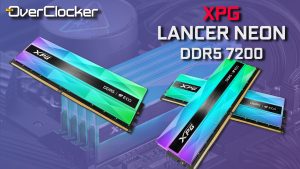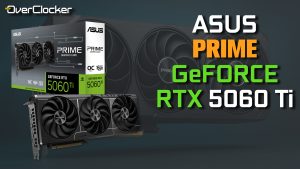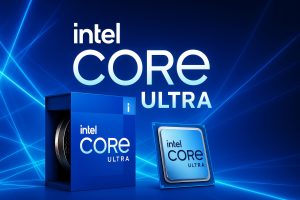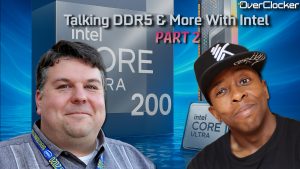ROG STRIX X570-E Gaming Review
Hardware – Connectivity & Audio
Connectivity
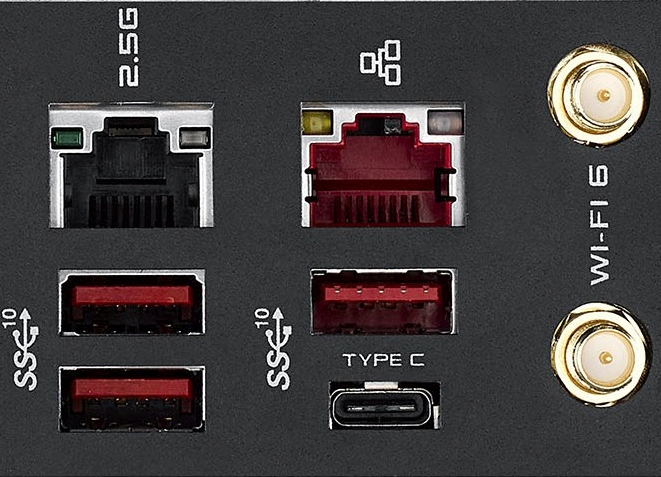
Networking on the Crosshair VIII Hero and specifically this Wi-Fi model is via Intel’s Wi-Fi 6 AX200 2.5Gbps controller, the Intel I211-AT controller and Realtek 2.5G Ethernet. Add to which all the controllers can be teamed via GameFirst V software.
Audio
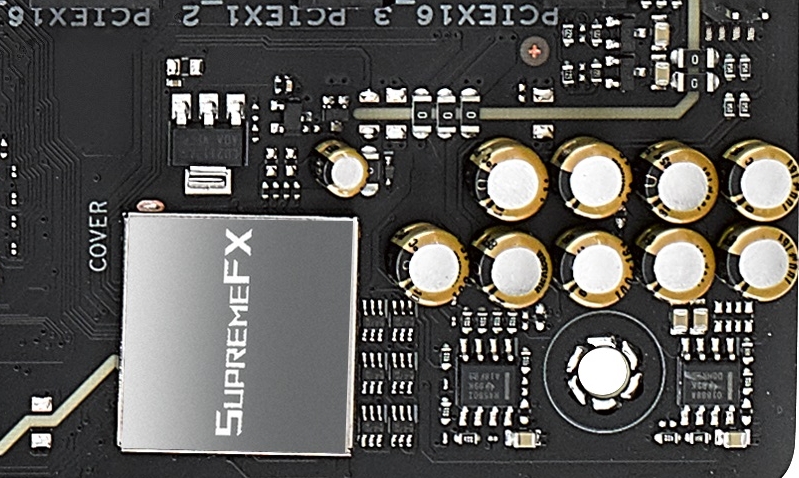
On the audio front we have SupremeFX 8 built around Realtek’s S1220A codec with a 113dB SNR line-in and 120dB SNR line-out. The X570-E complements this codec via two operational amplifiers allowing the use of high impedance 600-Ohms headsets (impedance sensing support). To close it off we have the familiar Nichicon capacitors as well for suppressing noise and ripple. Not as well spec’d as the CHVIII Hero, but close enough that in I suspect it may not matter much for most users.
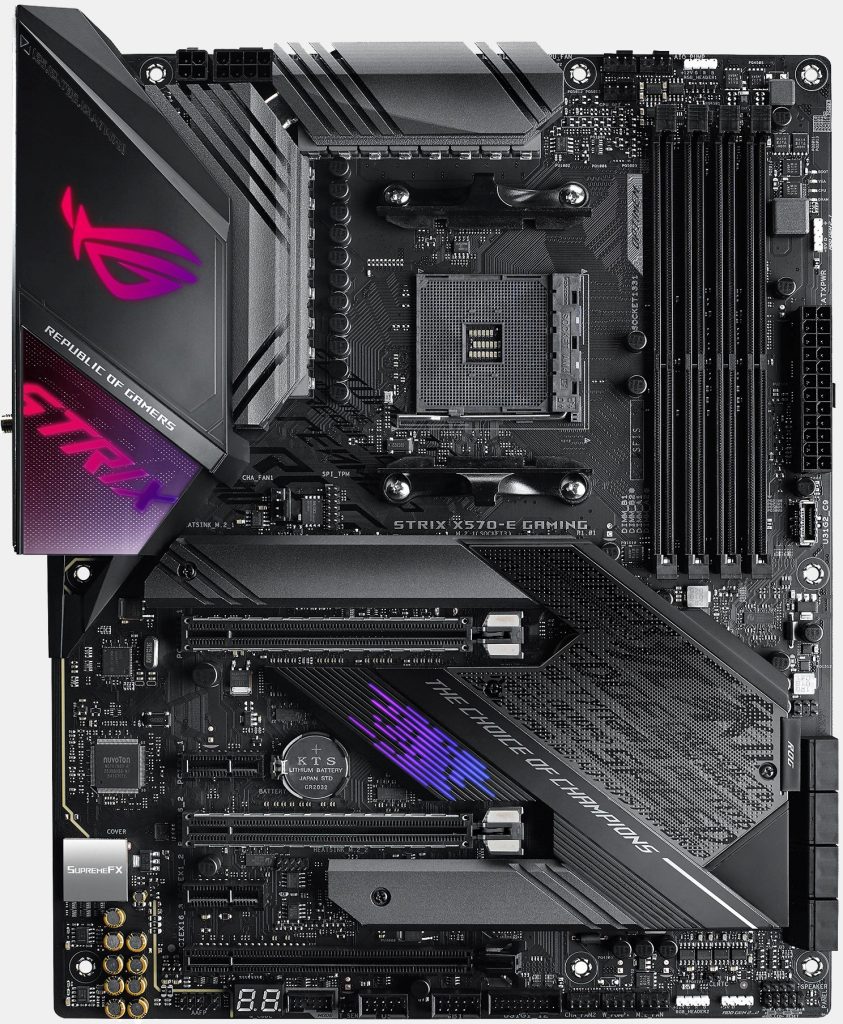
The rest of the board is pretty familiar, you get dual M.2 M Key sockets each wired to an x4 PCIe 4.0 link. One from the X570 southbridge and another directly from the CPU. This is at present the largest benefit to PCIe 4.0 we can appreciate as we already have drives, such as the Corsair Force MP600, which can that saturate the maximum data transfer offered by PCIe 3.0 x4.
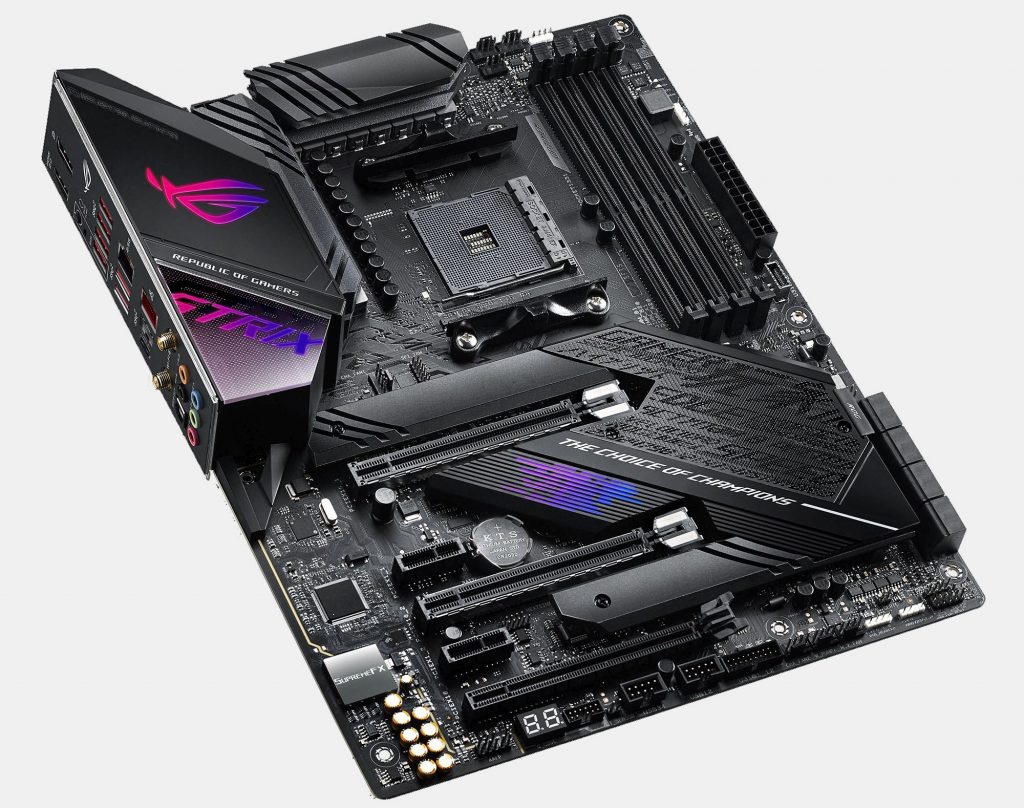
Visually the X570-E looks similar to the CHVIII Hero. There are a few things different here and there, but for the most part these boards look the same. The South bridge cooling and shroud looks great on this board making it a little more premium than it otherwise would be. Overall it’s in line with the modern ROG design language and that is never a bad thing in my books.


